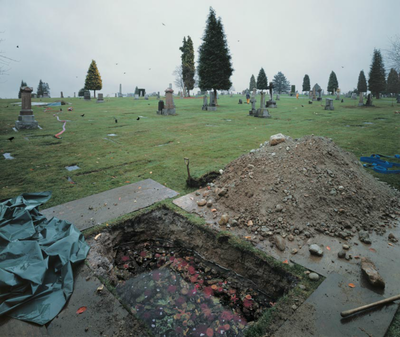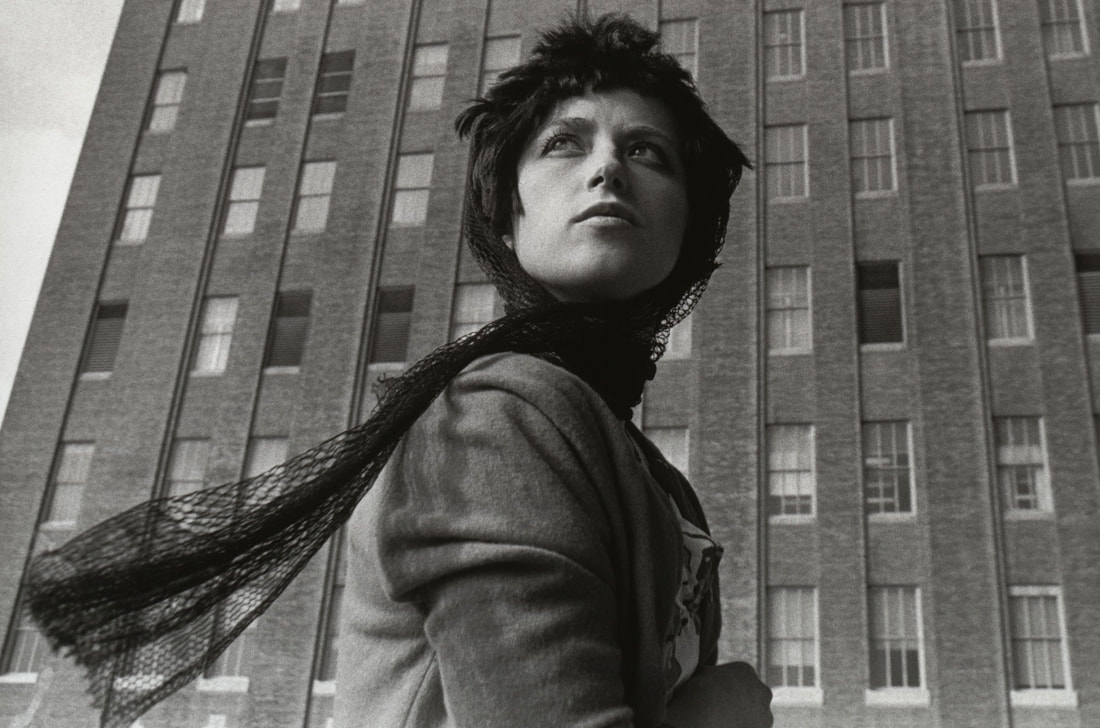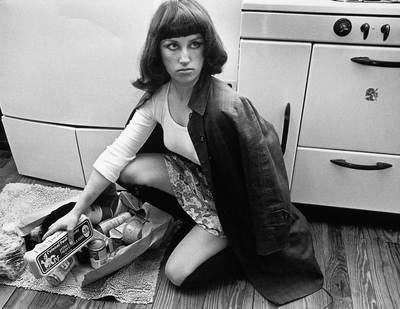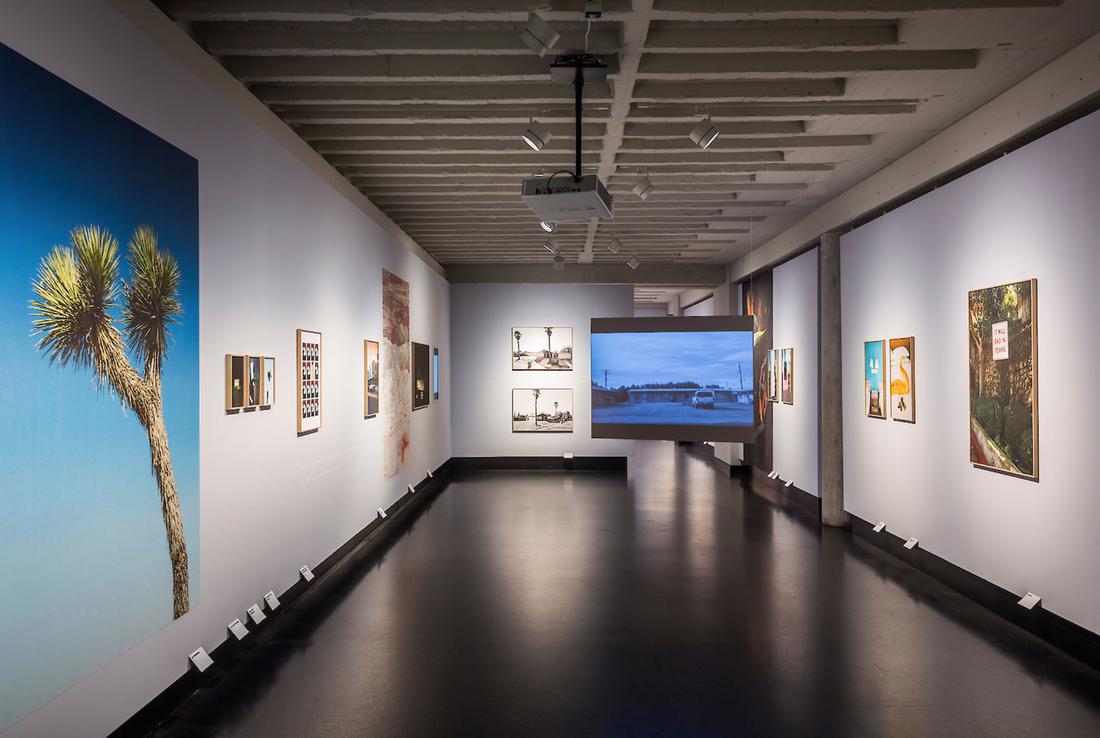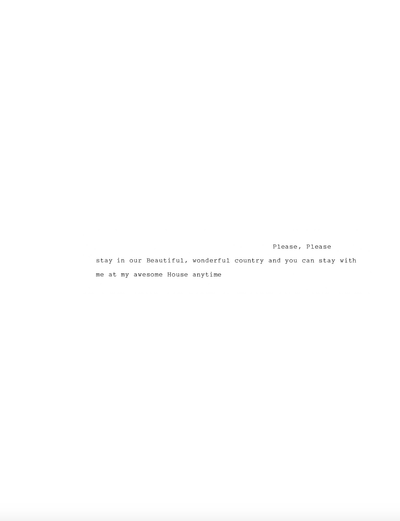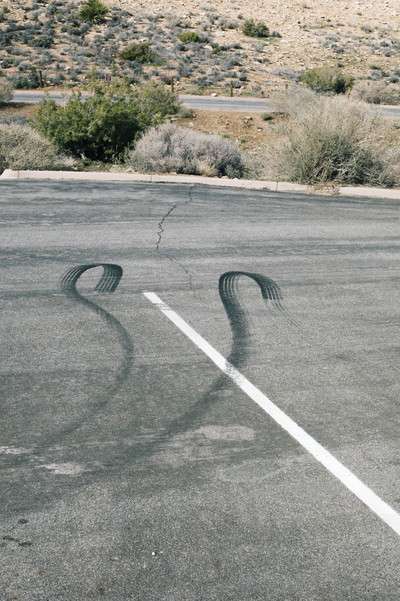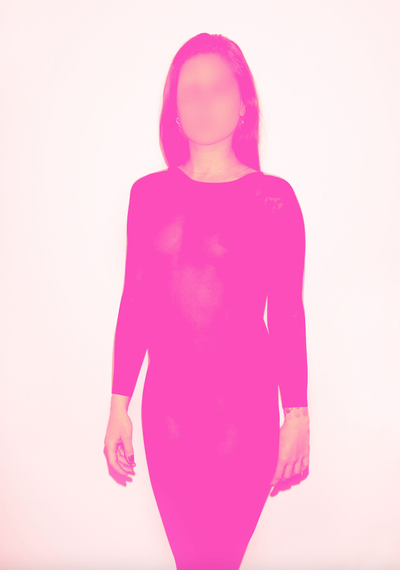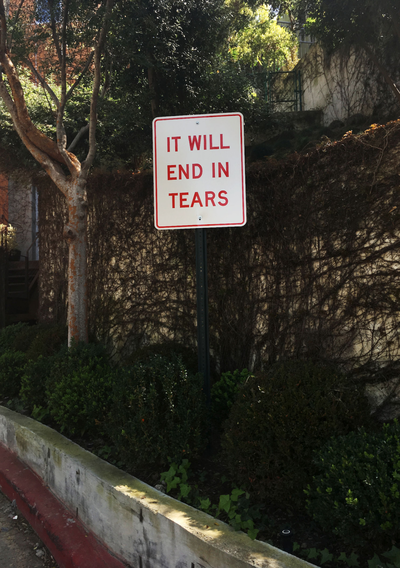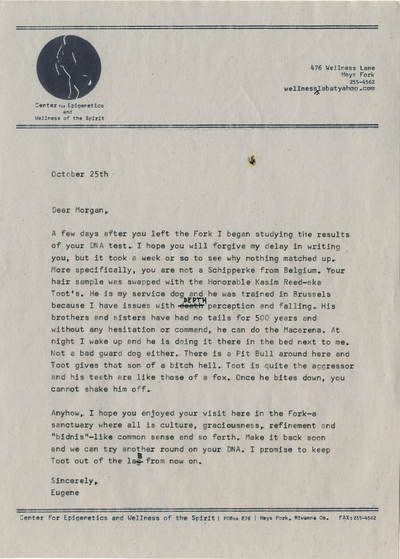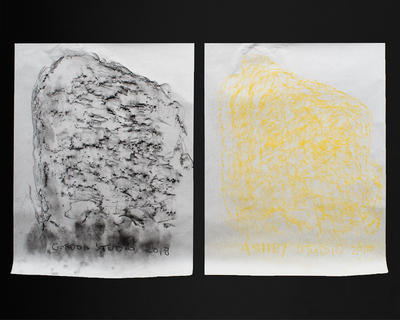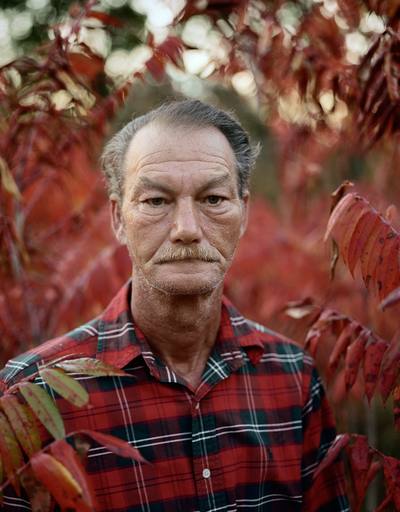Post 16 lesson plan:
Questioning the relationship between photographs and reality.
By Jon Nicholls, Thomas Tallis School
This resource is about artists who have questioned the documentary tradition of photography. Please also therefore take a look at The Documentary Challenge project by Chris Francis which offers some suggestions about getting to grips with what it means to make documentary photographic images.
|
The relationship between photographs and reality is complex. Photographs can appear to be copies (facsimiles) of the world. It is tempting to think of them as factual evidence that something happened or existed. The documentary tradition in photography relies, to a large extent, on this indexical relationship between the light that bounces off things in the world and enters the camera lens, eventually creating a trace of reality on the light sensitive material inside (whether this is film or a digital sensor). However, the choices the photographer makes about where to stand, when to press the shutter, how to frame the shot etc. always shape a particular view of the world. Added to this are the many alterations that can be made to the photographic image in post production, in the darkroom through cropping and printing techniques, or by using digital software. Finally, photographs end up in particular contexts - on websites, in magazines, books, exhibitions etc. - each of which frames their meaning. The addition or absence of text - captions, titles, interviews, articles etc. - also has an impact. Whilst photographs certainly have a close relationship to reality, this is neither simple nor transparent.
Several of the Threshold Concepts are relevant here. Photographs are selections of an existing reality rather than totally new inventions. They are abstractions, shaped by technology. Their relationship to reality is more or less contingent. Perhaps, most significantly, the meanings of photographs are influenced by their context.
It could be argued that the digital revolution has further complicated the relationship between photographs and reality to the extent that we might no longer trust the documentary power of the photographic image. However, so seductive is the link between photographs and reality that I would argue most people continue to believe in the truthfulness of the photograph, assuming that it has not undergone radical post production. |
This resource refers to the work of several photographers whose work is concerned with the construction of a fictional photographic reality. I'm not referring here to obviously synthetic images - photo collages, for example - which are clearly constructed. I'm interested in pictures that look superficially like the world in which we live. And yet they question the truthfulness of that world, undermining the seemingly direct link between fact and the photograph. This is a personal selection and by no means exhaustive. I have tried to offer some suggestions for related activities that might help students explore this complex issue for themselves.
Art photography… will no longer draw much of its strength and context from a perception that it is inherently a comment on visible, verifiable realities, but will be come more easily to be seen, like painting, as synthetic, the outcome of an act from the artist’s imagination.
-- Fred Ritchin
Jeff Wall
Wall's training as an art historian has clearly influenced his approach to photography, not only the references to famous paintings but also the level of control he exercises in designing the compositions of his images. Sol leWitt's Paragraphs on Conceptual Art from 1967 was also a major influence, convincing him that the idea behind the image was as significant as its material reality. Wall creates large illuminated light boxes that appear almost like advertising display screens. They are seductive, drawing the viewer into fictional dramas that the artist has painstakingly created from memory. Wall refers to his works as "cinematographic" and "near-documentary". His practice has had a huge impact on the direction of art photography.
What interested me ... was to make pictures that had specific relationships with certain kinds of painting ... certain kinds of cinema ... and certain kinds of photography ... and to find a way of hybridising all that I admired about all those things ...
|
Having worked mostly in the studio through the 1970s Wall decided to go out onto the streets to make "dramatic" pictures. He creates a kind of theatre, directing actors, lighting the set and concentrating on small physical gestures. This image might remind us of a scene in a film or the kind of street photography of the 60s and 70s being produced by photographers like Garry Winogrand. Indeed, the relationship of these three figures is not unlike the composition of Winogrand's 'Hollywood and Vine, Los Angeles', 1969. Wall has also referred to the influence of paintings by Caravaggio, Velasquez and Manet, in which the figures are near life size, close to the picture surface and there is dramatic tension between them. Unlike street photographers who generally use 35mm cameras which produce relatively small negatives and grainy pictures, Wall decided to use a large 8x10 view camera. This produces large negatives with fine detail.
In many ways, Wall's photographs are about photography, about how we view photographs and photography's complex relationship to reality. In addition to the content of the pictures, Wall's process of staging pictures that look unstaged, using actors, borrowing from established genres and exhibiting the images in large light boxes like advertising screens, all contribute to the meanings of the photographs. |
Take a close look at these other examples of Jeff Wall's pictures. Click each thumbnail image to see a larger version. Do they remind you of other images you have seen before? How believable do you find each scene? Which genres of art and/or photography do they reference? What do you find surprising or unusual? What questions might you want to ask the photographer? What might be the differences between seeing them small on a computer screen and seeing them printed much larger and backlit on a gallery wall? What photographic features, ideas or issues might each image address?
Jeff Wall belongs to a generation of artists and photographers responding to Conceptual Art. He was also interested in the ethics of photography and his decision to stage his photographs using actors is perhaps connected to this interest. You can find out more about this ethical dilemma in this resource.
Jeff Wall belongs to a generation of artists and photographers responding to Conceptual Art. He was also interested in the ethics of photography and his decision to stage his photographs using actors is perhaps connected to this interest. You can find out more about this ethical dilemma in this resource.
Cindy Sherman
From 1977 to 1980, Cindy Sherman created a series of 70 pictures which came to be called 'Untitled Film Stills'. Sherman has gone on to establish a very successful career as a photographic artist in which she uses herself as a model, often transforming her body and features so radically that it's almost impossible to recognise her. Sherman's early work contains the seeds of what was to develop later - a fascination with photographic fictions, the disguised self-portrait and references to other mediums and genres. Like Jeff Wall, Sherman questions the relationship between photographs and facts. Her pictures play with image conventions and the viewer's expectations.
We’re all products of what we want to project to the world. Even people who don’t spend any time, or think they don’t, on preparing themselves for the world out there – I think that ultimately they have for their whole lives groomed themselves to be a certain way, to present a face to the world.
-- Cindy Sherman
|
As the titles suggest, the 'Untitled Film Stills' reference the type of photographs taken by the stills photographer on the set of a film, in this case a low budget 'B' movie. Sherman's knowledge of the genre conventions of such films would have been gained from watching them on TV. Having absorbed the look and feel of the films, plus the types of characters represented in them, Sherman uses photography to explore the female actors in particular, casting herself in the main part.
In this example, Sherman has imagined a typical scene - a young woman is walking through the city. She looks apprehensive but also determined. She glances at something or someone out of shot. She is dominated by her surroundings, perhaps threatened by forces over which she has little control. Such is the lot of many young women in such films. The single photograph implies an extended narrative, but it is a misleading piece of evidence. The film does not exist. Only Sherman's skill and knowledge suggest otherwise. |
Here are some more examples from the series. What do they all have in common? What differences do you notice? Imagine the titles of the (non-existent) films for which these might be the stills. What roles are given to women in these films? What strategies has Sherman used to disguise herself? How convincing are the pictures?
Listen to this short discussion of the 'Untitled Film Stills' by curator Eva Respini.
Here is artist, and Cindy Sherman collaborator, Robert Longo, discussing one of the 'Untitled Film Stills'. What do you learn about Sherman's practice as an artist from these clips?
Suggested activities:
- Make a list of some of your most vivid memories. Select one or more and, working with partners, attempt to re-stage it. Concentrate on achieving the right atmosphere that fits with your memory. Think carefully about composition, lighting and the telling details that will give your picture an authentic feel.
- Select a famous (or not so famous) work of art. Analyse its qualities. Think carefully about the way the artist has orchestrated the visual elements. How is space represented? Now, create a photographic version of this art work. Remember, it needn't be a literal copy of the contents. rather, try to create a new picture that represents your response to the original. perhaps you might focus in on a detail or figure, or respond to a combination of colours and/or textures. Perhaps you will 'quote' the original art work by including it (either the whole or a fragment) in your picture somewhere.
- Take a sequence of disguised self-portraits. You may wish to imagine that you are a character in a film, book, play or work of art. You might wish to use make-up and costume. Experiment with a variety of approaches. How many different techniques can you find for disguising your photographic identity? Will you be totally unrecognisable, or will viewers be able to identify you in some way? Will you work with a partner or alone?
- Select one of your favourite films. Whilst watching, take a series of screen shots of significant moments. Think about particular genres - portrait, landscape, still life etc. Consider arranging these screen shots in a new order to suggest a different narrative to the one in the film.
Stephanie Moshammer
Moshammer is a young Viennese photographer whose practice is concerned with responding to particular places and the people who live there. In 2015. The artist was working in Las Vegas where she received a love letter from a man named Troy. The resulting series entitled 'I Can Be Her' (and a spin off exhibition entitled 'Not just your face honey') explores the relationship between reality and invention, in life as well as photography.
The work revolves around this letter and a person who exists but also doesn't [...] The series was an attempt to thematise aspects of love, illusion, and the discovery of identity. In his letter, Troy fantasised a version of me into existence, and I turned that upside-down and invented a version of him. Despite that, much is left open to the viewers.
-- Stefanie Moshammer
|
Photographs taken through windscreens are one of the most common tropes in the history of the medium in America. Associated with the road trip and employed by the likes of Garry Winogrand, Lee Friedlander and Simon Kossoff, they present a frame within a frame, a view of the American landscape as it appears through a moving vehicle. This image appears to offer a very different kind of experience. It's night and the car headlights have illuminated a suburban house, the trunk of a tree and an anonymous driveway. The photographer appears to be in the back seat because we can see the dashboard, the rear view mirror and the back of the driver's head. Is this the house belonging to Troy, the author of the love letter? There is a strong element of surveillance, as if we are engaged in a spying, peering through a windscreen keyhole.
This slightly sinister image has a very different feel to the freewheeling openness of most road trip pictures. |
In the exhibition version of the project Moshammer mixes still photographs, extracts of text, screen shots from Google Earth and videos in a multi-layered installation. The letter received by the artist appears to be real but the language used in it is ridiculous. Las Vegas is a similarly unbelievable place, a city rising out of the desert, almost like a mirage. And yet it is real. Moshammer's response to the letter is to use photography as a way of rationalising the non-existent relationship suggested by it. Troy promises to buy her a "cute, special fast car thats almost new". He offers to be her ticket to American citizenship, put her up in his house (where he lives alone) as an upcoming new celebrity. "You look like you ARE somebody", he writes. "I'm an inventor and upcoming first REAL Life Super Hero! I know a bit hard to believe but Believe it!" Moshammer's pictures play with doubles - motel room doors, lamps, stones, tire tracks etc. She photographs exotic plants with tangled leaves. The few people who appear in the photographs are heavily disguised, either by their clothes, cropping or through digital manipulation. One of the pictures shows a sign with the warning IT WILL END IN TEARS. As to whether these images are staged or documentary, Moshammer comments:
It's a mix. Document, yes - when you take pictures of a place or people, you're documenting something, of course, but purely from a personal perspective. And staging too - because pictures often don't exactly reflect the reality on the ground, but are instead created by me in some shape and form. It's difficult to find a category. many levels play a role in my work.
Morgan Ashcom
Ashcom's work explores the relationship between fact and fiction in photography through the invention of a place called Hoys Fork, much like the novelists William Faulkner and Thomas Hardy who set their stories in the fictional landscapes of Yoknapatawpha and Wessex Counties. in his most recent collection entitled 'What the Living Carry', Ashcom brings together photographs, type-written letters and a hand-drawn map to build a fictional narrative of a foreboding place. He leads us on a trail through the town and its surrounding forest where we meet unidentified strangers engaged in mysterious activities. A series of four hand-typed letters written by ‘Morgan,’ request a DNA analysis from a certain ‘Eugene’ at the Center of Epigenetics and Wellness of the Spirit.
|
Here is one of the residents of the fictional Hoys Fork. An old man in slippers, drinking champagne on the steps of a neoclassical structure. Is it an antebellum mansion or a fancy bandstand? The picture is cropped so that we can't see the rest of the structure. Who is this man? The champagne suggests a certain amount of wealth. Is this his house, his land? Is he one of the patriarchs of Hoys Fork? Something about his posture, gaze, unkempt hair, the paper cup and the damage to one of the columns suggests all is not well. The light is fading and the old man is slumped in the shadows.
Is this a documentary or staged photograph? Does it matter? It's difficult viewing images like this in isolation. They belong to a body of work that, cumulatively, suggests a number of stories. Whether or not we believe in the factual accuracy of each image is less important than that we are swept along by the narrative as it unfolds. “These places are a kind of canvas for the subconscious,” Morgan explains, “where things play out that are connected to the folklore that creates the identity of a place." |
The work has been published as a photobook and appears in an exhibition that features objects, furniture and drawings alongside the framed images.
I almost think that I have learned more about the world through literature than I have by living in it. What the Living Carry is really borrowing its shape and its form from literature. This idea of a narrative read is embedded in us, and it is, I think, the place where the experience of the work are most purely felt. To me, the book is the primary idea, the end state — and it is because of that connection I have to literature.
-- Morgan Ashcom
Suggested activities:
- Visit a new place. This could be near where you already live or simply an area closer to home that you have not previously explored in any detail. Take a series of pictures in this place. Try to notice unusual details, patterns, signs, objects. Look carefully, as if you were studying the place scientifically or sociologically. How does this place work? What kind of people live, work or play here? How does the place make you feel? Revisit the place at different times of the day and over a period of time - notice how it looks in different light and weather. Now, on your computer, make a virtual visit to the place using Google Earth or Maps. Experiment with Street View. Take some screen shots as you explore. Do some research about the place - its history and significance locally. Find related texts - news reports, stories or poems. Once you have gathered all your information, edit and sequence it to create your own version of the place. Reflect on the relationship between your version and reality.
- Choose a short text from a book or song. Print it out. Photograph the printed text. Think carefully about your composition, lighting, background, depth of field etc. Now create a sequence of photographs exploring the themes and ideas in the text, using your local environment. It's up to you how inventive you want to be, how close to a traditional documentary approach or how much staging you want to employ. Try mixing both approaches. Edit and sequence your pictures, using your photograph of the chosen text as the first image.





